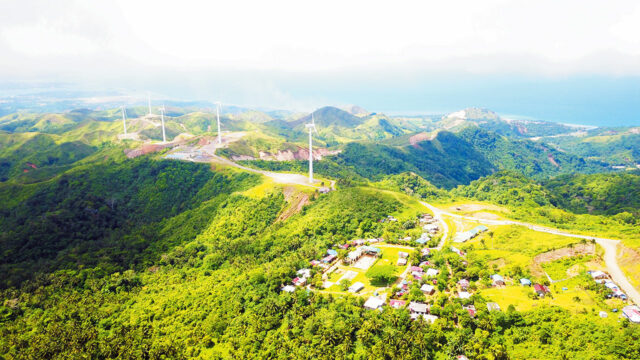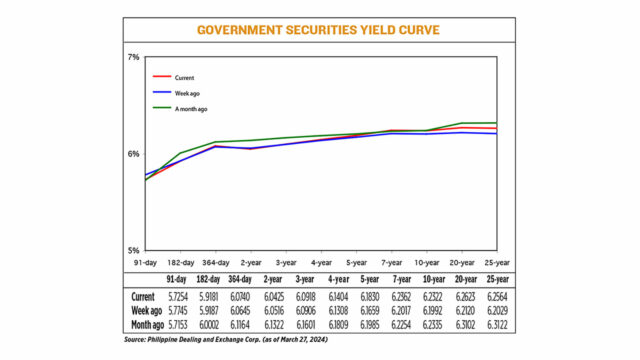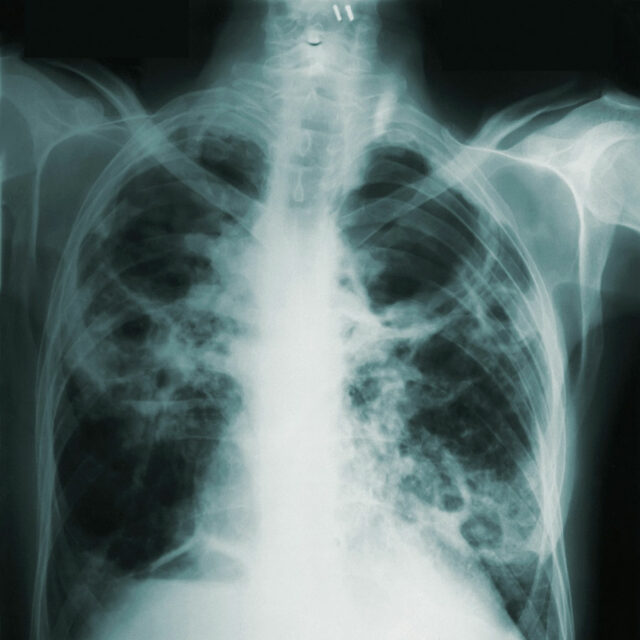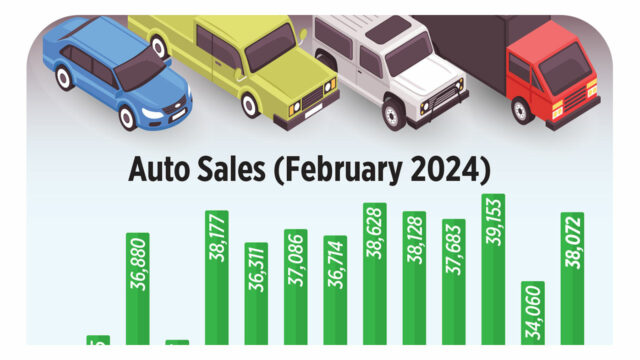Jetour PHL previews T2 4×4 and limited-edition Dashing PHEV
THE MANILA International Auto Show (MIAS), to open on Thursday, will undoubtedly again prove to be an appropriate venue for the growing number of brands in the Philippines to showcase their current lineup to an expectedly large number of eyeballs. Many of the participants have openly stated that they will publicly unveil new models.
One of these brands is Jetour. Local distributor Jetour Auto Philippines, Inc. (JAPI) recently previewed the two models it will unveil at MIAS: the Jetour T2 4×4 SUV, and the plug-in hybrid electric vehicle (PHEV) version of its popular Dashing crossover.
Said JAPI Managing Director Miguelito Jose at the preview recently held in Pasay for members of the media along with dinner partners, “Get ready to be amazed by the incredible vehicles we have in store for you today. They’re a celebration of innovation and sustainability.”
The Jetour Dashing PHEV, limited here to only 10 examples, is said to offer up to 1,000 kilometers of range on a single full tank of gas, owing to both “efficient hybrid propulsion system,” which features a 1.5-liter internal combustion engine supplemented by an electric motor powered by a Ternary lithium battery.
The system outputs 545Nm of torque, and nets a standstill-to-100kph time of under seven seconds, said JAPI. It can go in pure electric mode for up to 100 kilometers. The Jetour Dashing PHEV is priced at P1.95 million.
Meanwhile, the Jetour T2 is obviously the focal point of JAPI for its MIAS appearance. “This is not your ordinary SUV. It’s a powerful 4X4 beast that can conquer any terrain, and combines rugged capability with refined aesthetics,” remarked Mr. Jose. Powered by a 2.0-liter Kunpeng Turbo Gas Direct Injection mill mated to the Magna 7DCT third-generation wet dual-clutch transmission with intelligent execution system, the four-wheel-drive T2 has up to 251hp and 390Nm on tap.
JAPI said that T2 is the production version of Jetour’s T-X concept car, which strives to combine ruggedness and high technology. “The exterior touches give the T2 the ideal physique of an SUV that’s ready to play, and play hard, in any urban and outdoor setting,” said JAPI in a release.
The T2 has the services of a Qualcomm Snapdragon 8155 chipset, which leads to a responsive 10.5-inch LCD instrument cluster and the 15.6-inch central control touchscreen.
The chassis comes standard with metal underbody shields for stronger protection, and the T2 boasts an eight-point full-frame front subframe for better overall integrity. “Overall, the design safety factor of linkage-type parts has been ramped up by more than 20%. The exclusive off-road, high-performance tires deliver superior dry and wet traction, ensuring tire safety and control,” added JAPI. “These safety design qualities, combined with the Bosch 5+3 ADAS (Advanced Driver Assistance System) use fifth-generation radars/sensors and third-generation cameras that enhance the detection of objects within its surroundings.”
A full complement of some 17 intelligent, assisted driving functions are available to the driver for heightened convenience and safety.
The Jetour T2 is available in two variants, the T2 Beyond (P2.498 million) and the T2 Terrain (P2.598 million). The latter gets additional kitting such as a side cargo hold. For more information, visit Jetour at MIAS, or check out https://jetourauto.ph/ or any of JAPI’s 23 dealers. — Kap Maceda Aguila




















